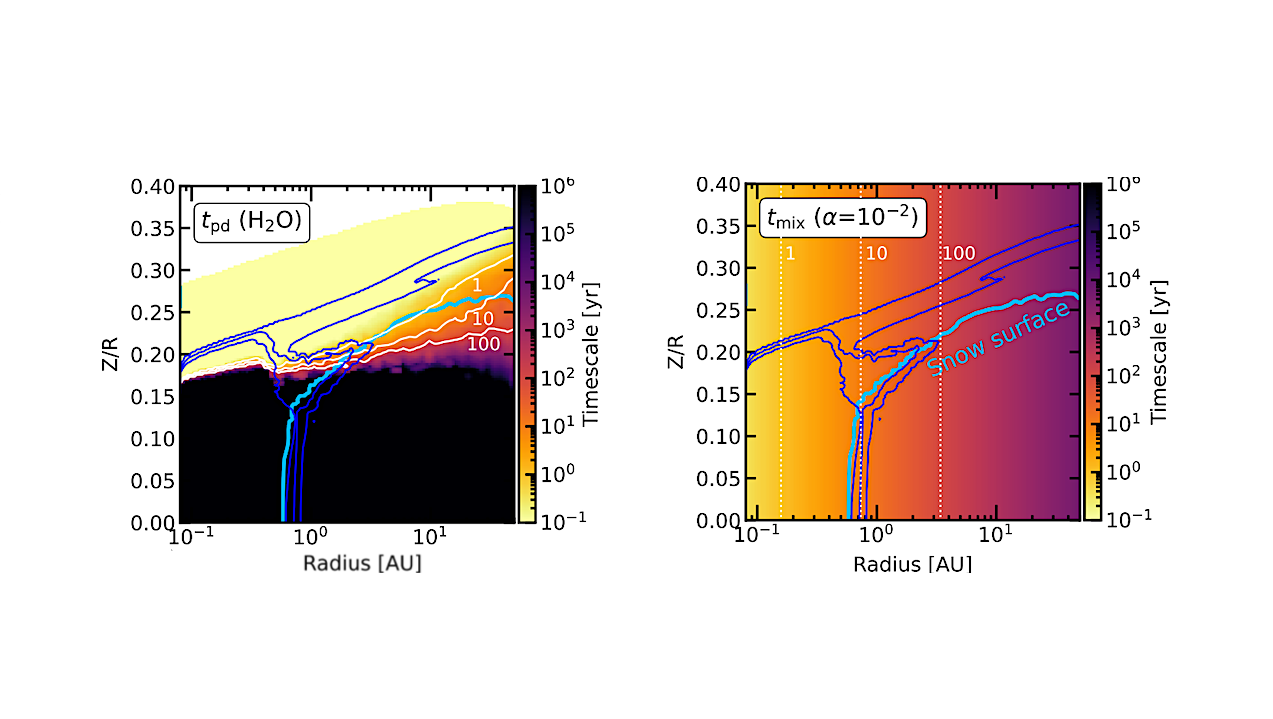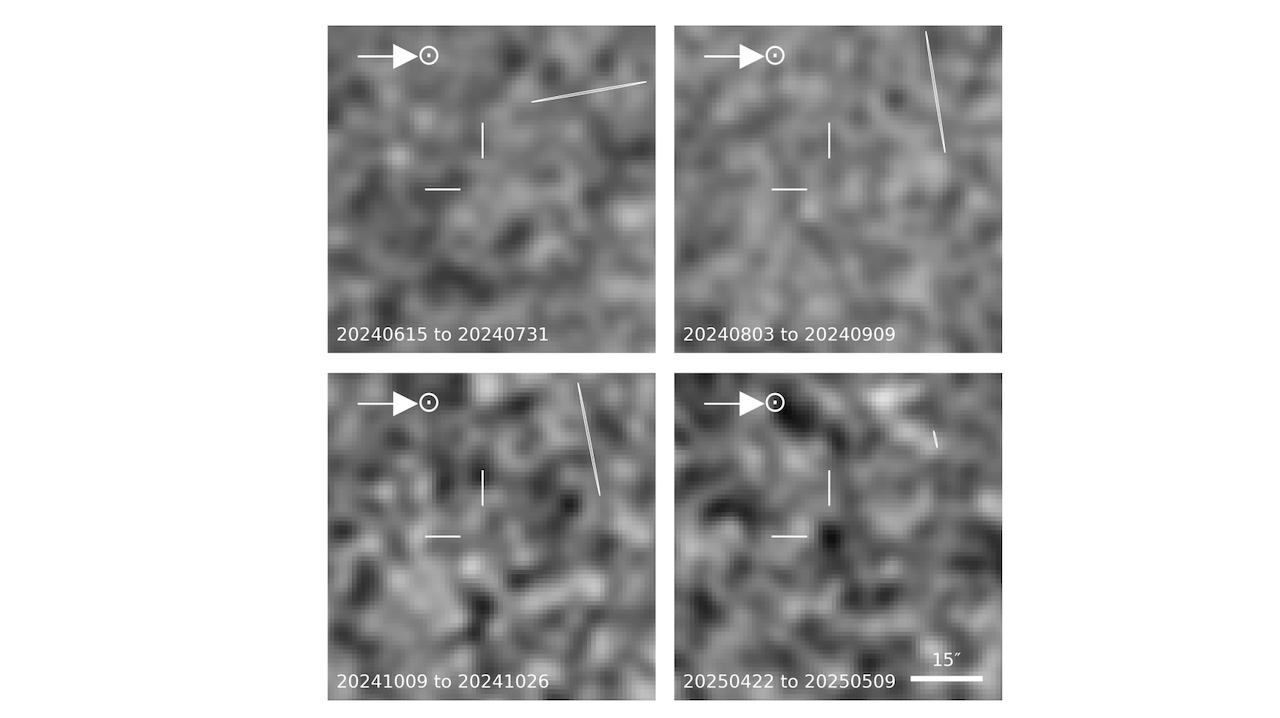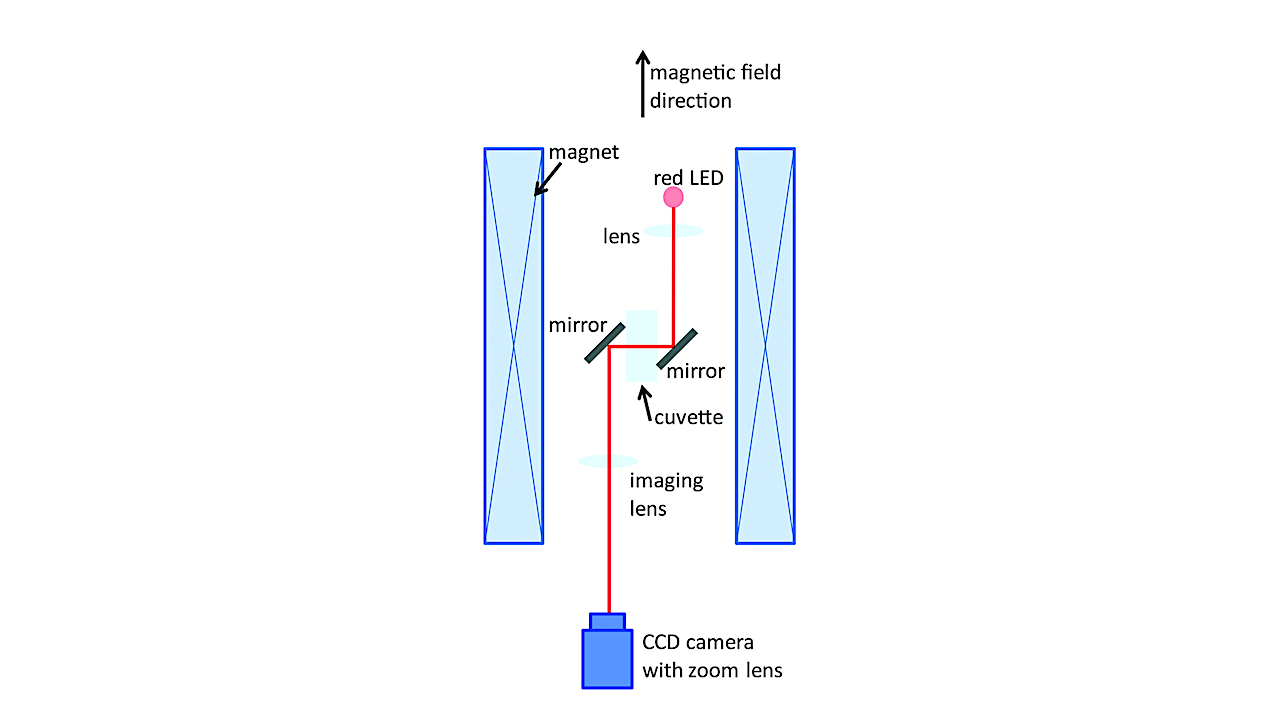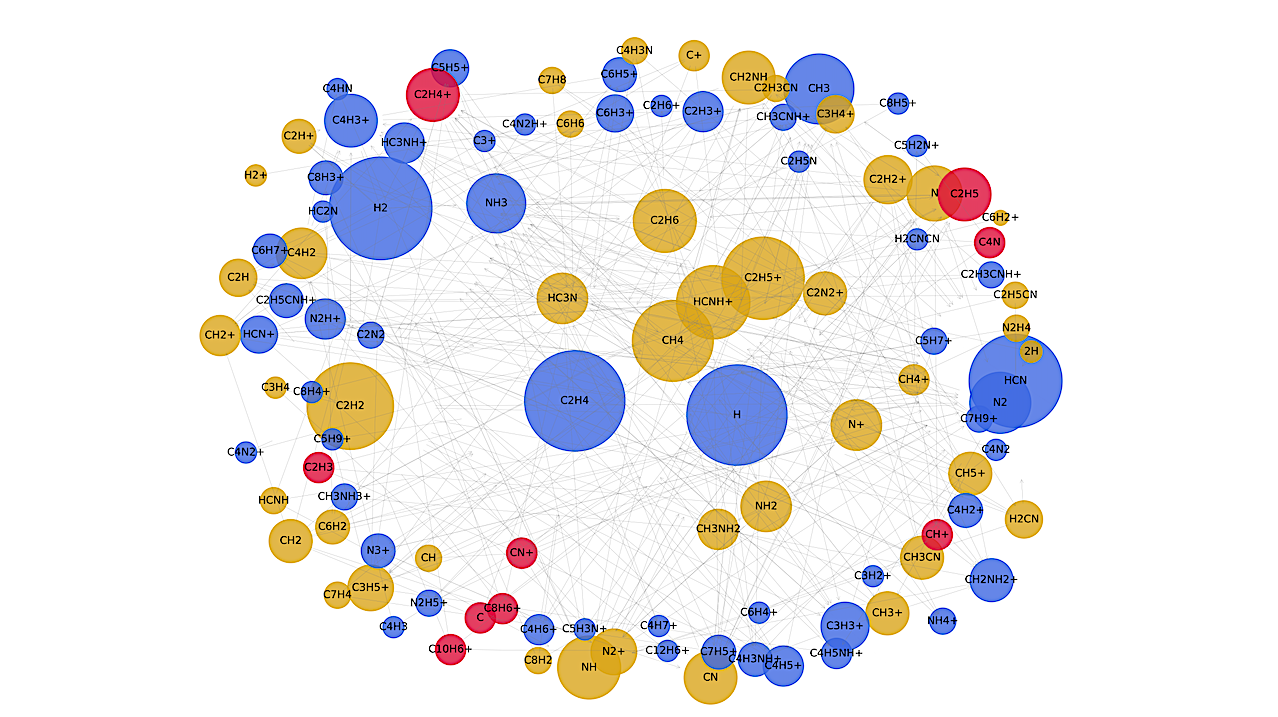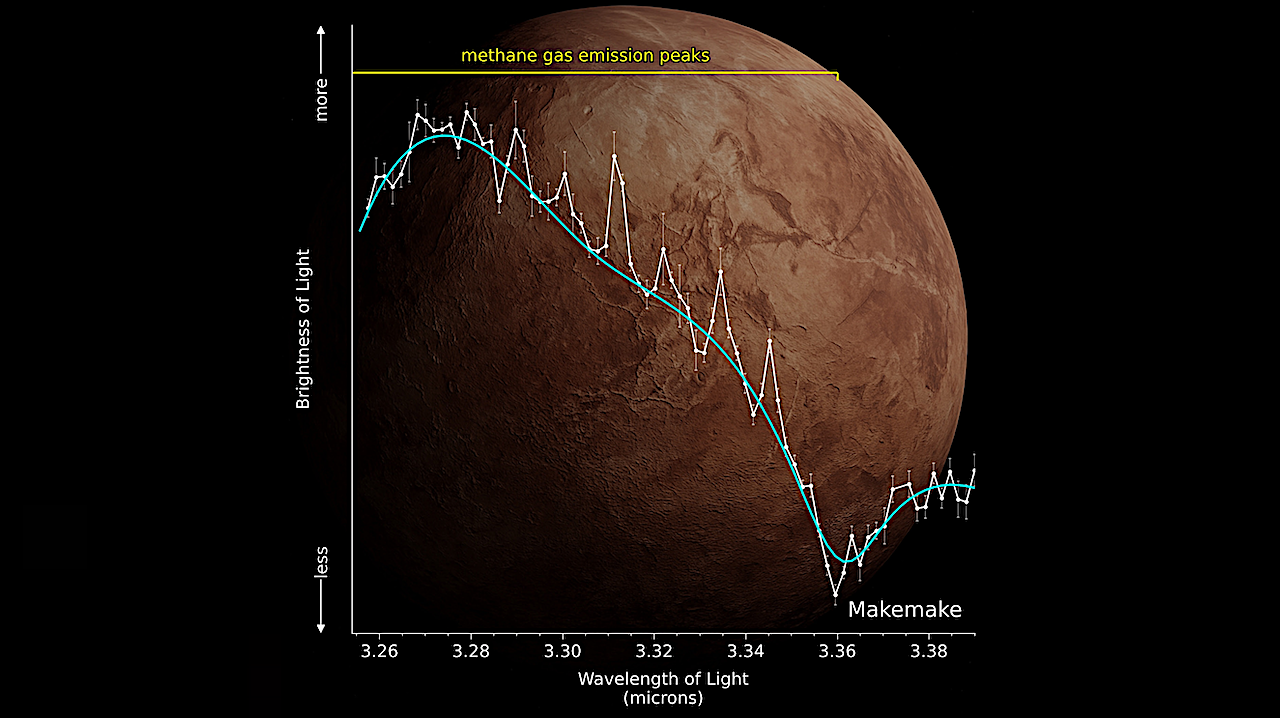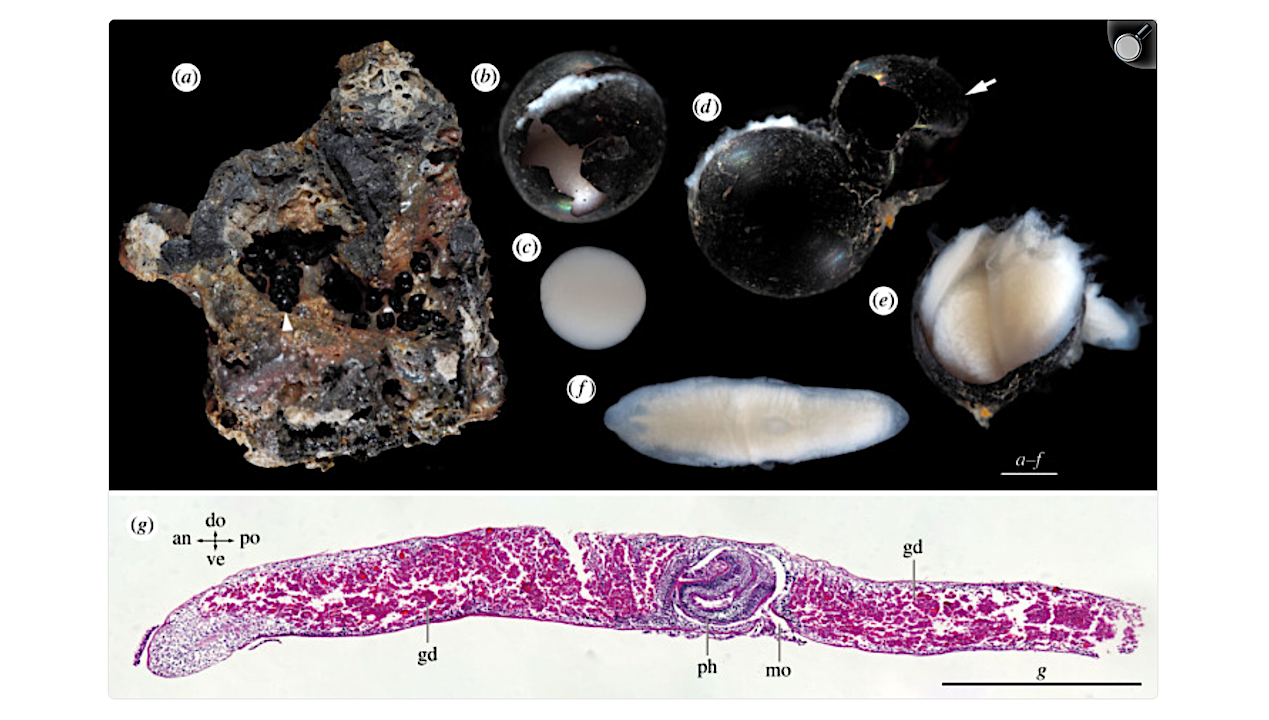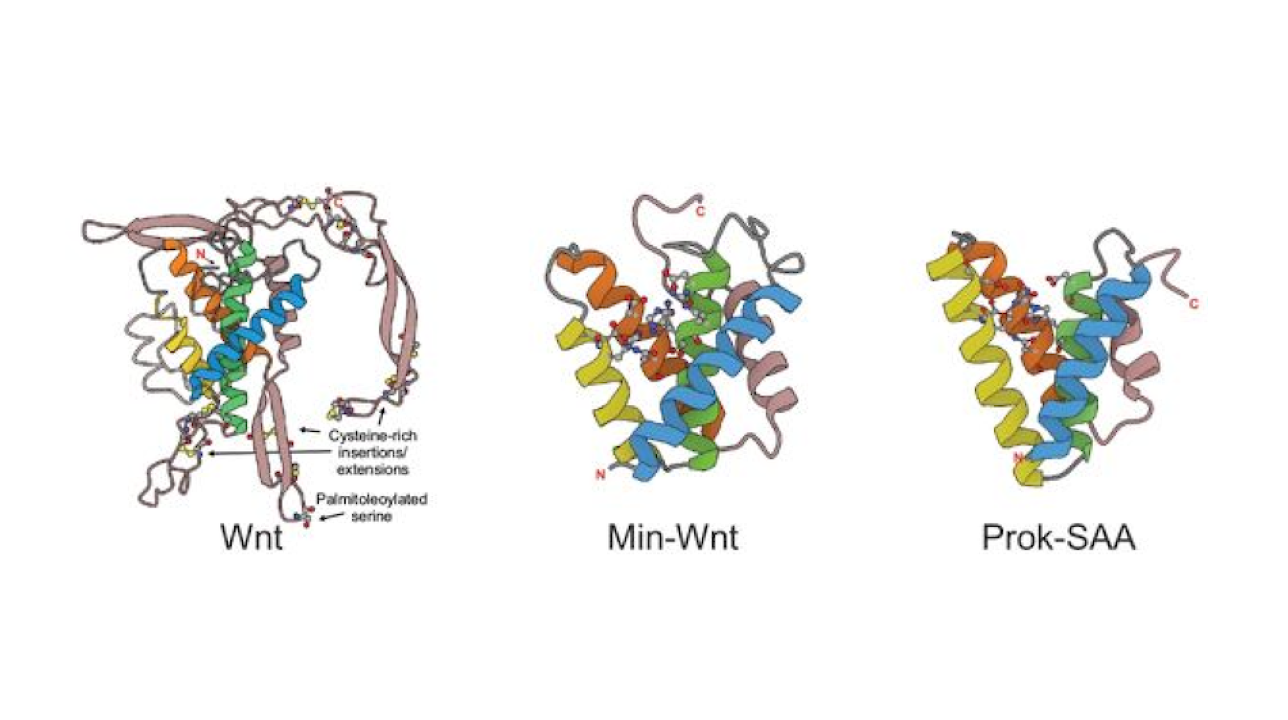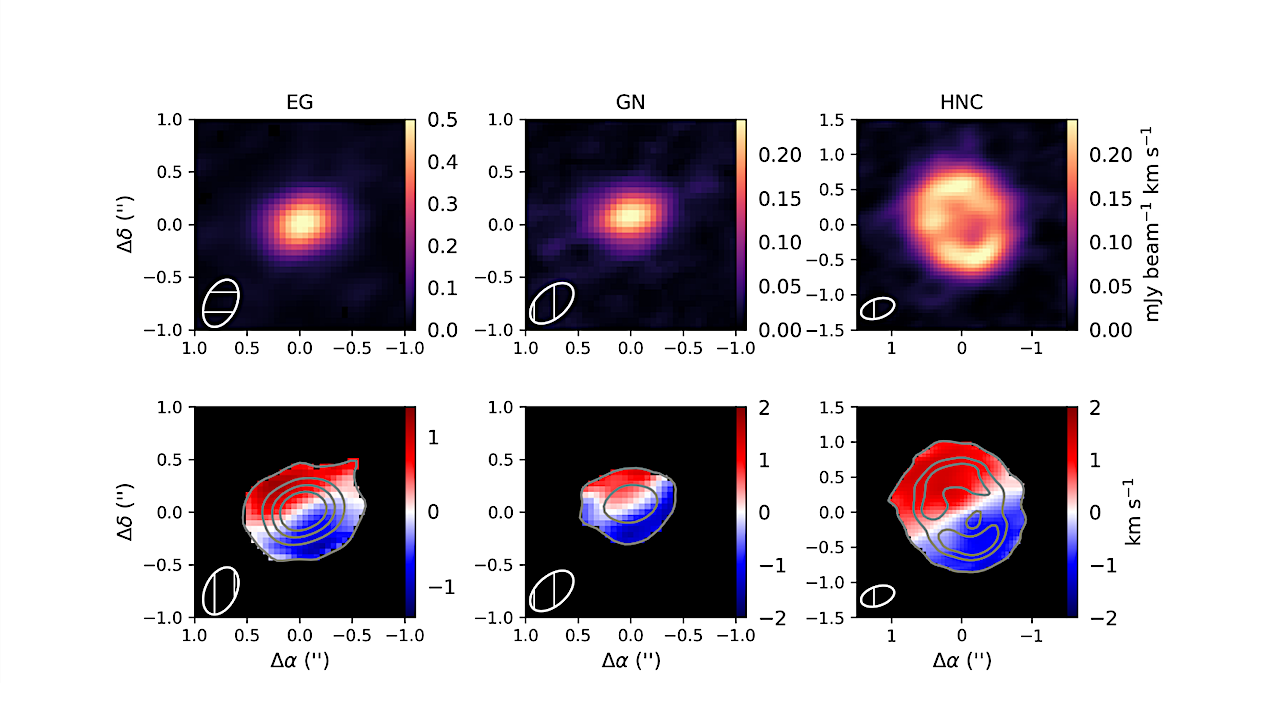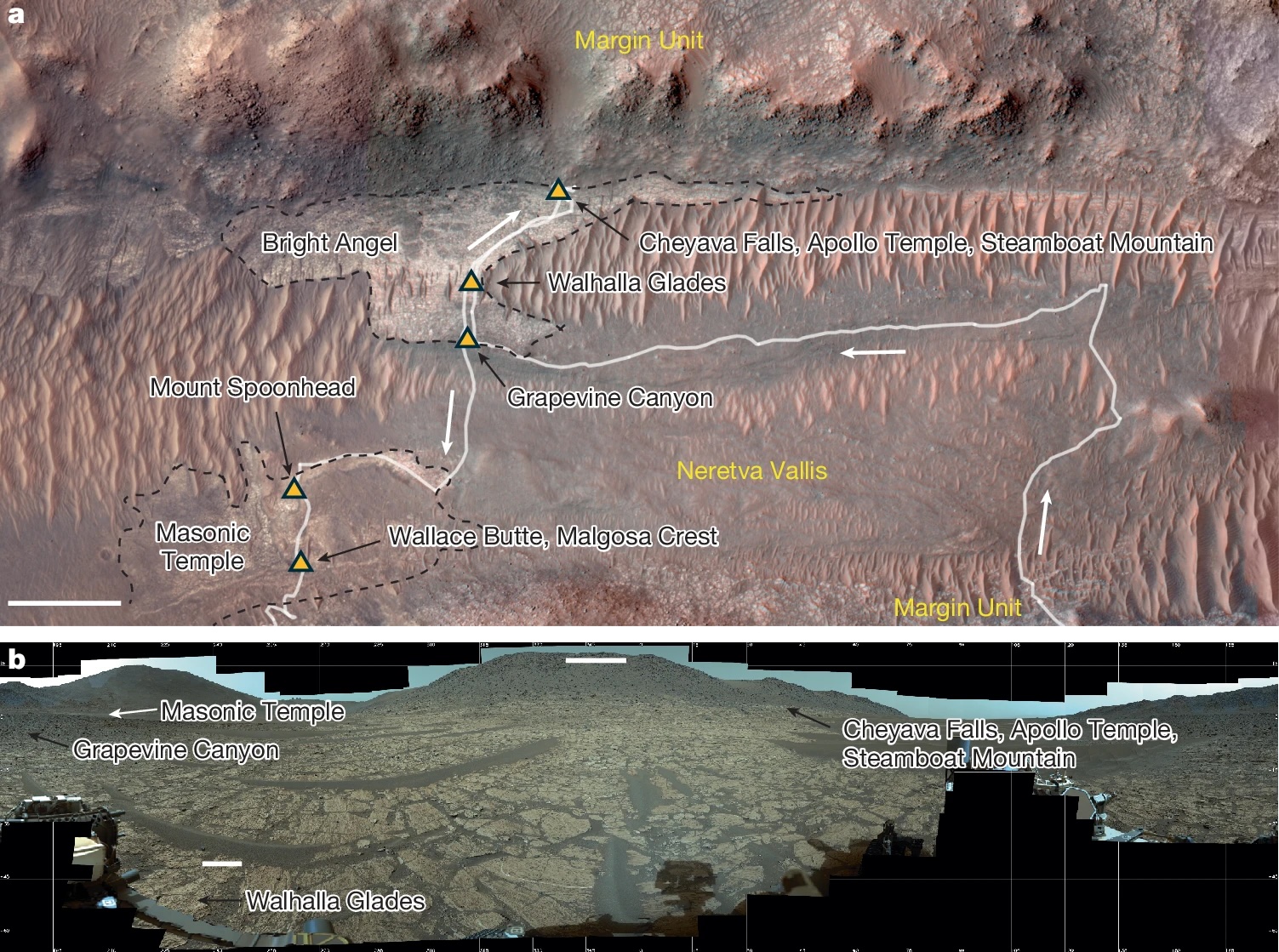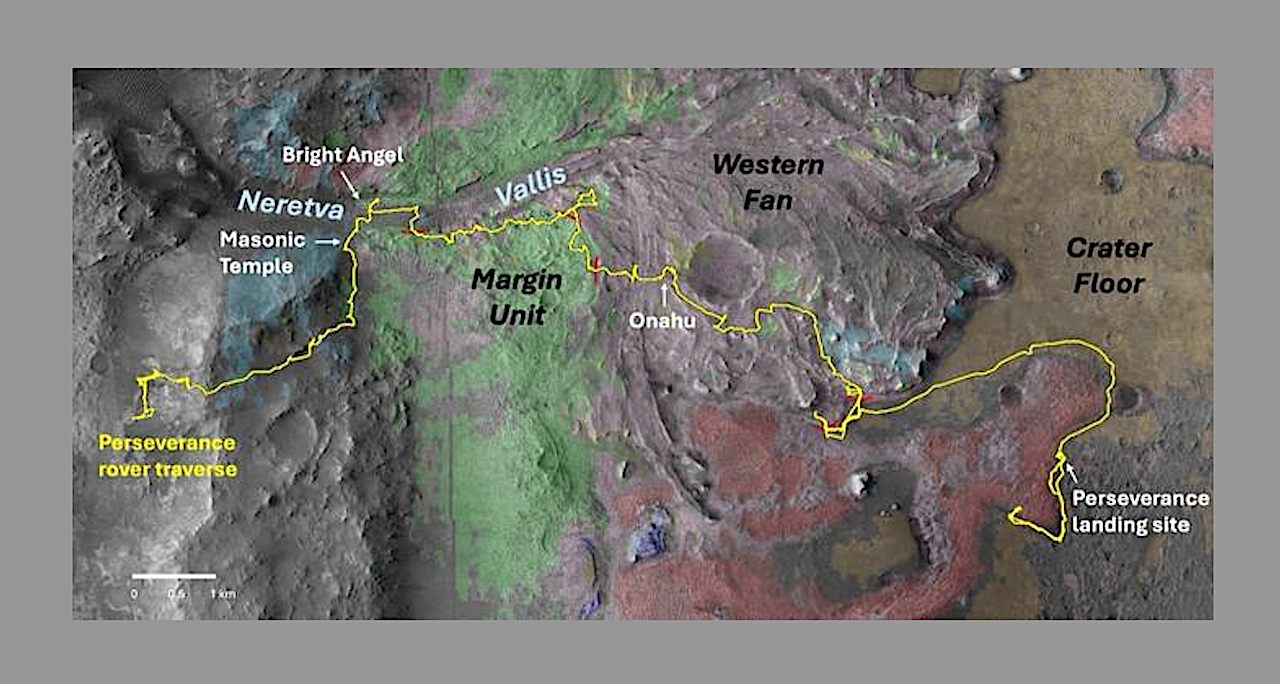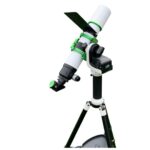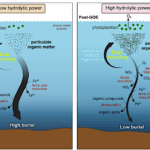H2O photodissociation timescale and turbulent diffusion mixing timescale of the fiducial model using the chemical network. The 1, 10 and 100 year timescale contours are indicated in white in both
Astrobiology25- Page
Multi-night ZTF stacks centered at the nominal ephemeris position of 3I of periods from UT 2024 June 15 to UT 2025 May 9. Each stack is smoothed by a 2′′-wide
experimental setup – Astrobiology via PubMed The gravity-dependent behavior of Paramecium biaurelia and Euglena gracilis have previously been studied on ground and in real microgravity. To validate whether high magnetic
Schematic diagram showing all the model pathways leading to the production of both neutrals and cations. Each molecular species indicated here has a node whose size is proportional to the
An SwRI-led team used Webb telescope observations (white) to detect methane gas on the distant dwarf planet Makemake. Sharp emission peaks near 3.3 microns reveal methane in the gas phase
Freshly collected egg capsules (or cocoons) and flatworms. (a) Egg capsules on rock fragment (arrowhead, one egg capsule). (b) Partly opened egg capsule containing three spherical-stage flatworms. (c) Spherical-stage flatworm
The four helices conserved across the Lipocone superfamily constitute a cone-like structure, with the helices tending to coalesce on one end and open out into a pocket on the other,
The top and lower left panels show the integrated intensity map and the intensity-weighted velocity for EG. The top and lower right panels show the same for GN. We only
a, Orbital context image with the rover traverse overlain in white. White line and arrows show the direction of the rover traverse from the southern contact between the Margin Unit
Mineralogical map of Jezero crater explored by the Perseverance rover. This mineral map was created from near-infrared (1-2.6 µm) CRISM imagery (Parente et al., 2021) using recently developed technologies (Itoh
-
 012024 in Review: Highlights from NASA in Silicon Valley
012024 in Review: Highlights from NASA in Silicon Valley -
 02Panasonic Leica Summilux DG 15mm f/1.7 ASPH review
02Panasonic Leica Summilux DG 15mm f/1.7 ASPH review -
 03How New NASA, India Earth Satellite NISAR Will See Earth
03How New NASA, India Earth Satellite NISAR Will See Earth -
 04And Thus Begins A New Year For Life On Earth
04And Thus Begins A New Year For Life On Earth -
 05Astronomy Activation Ambassadors: A New Era
05Astronomy Activation Ambassadors: A New Era -
06SpaceX launch surge helps set new global launch record in 2024
-
 07Space Force plans new ‘Futures Command’ amid pressure to speed up modernization
07Space Force plans new ‘Futures Command’ amid pressure to speed up modernization


